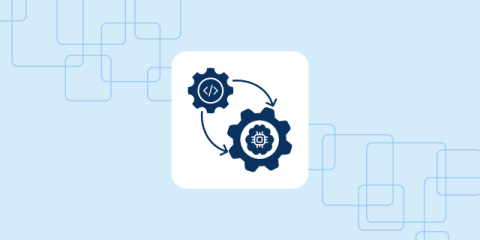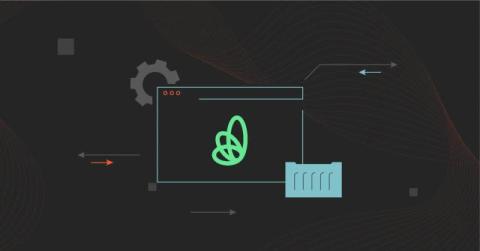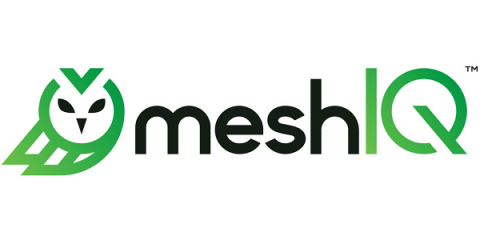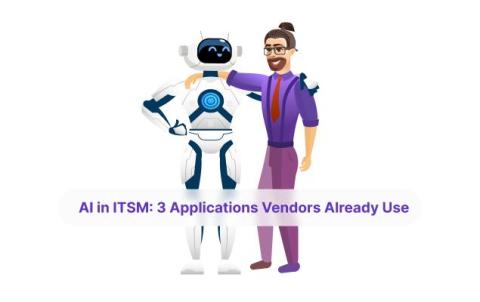From DevOps to GenOps: The Future of Cloud-Native and Hybrid IT Operations
Over the past decade, DevOps has transformed IT operations by fostering collaboration between developers and operations teams. It brought agility, automation, and efficiency to software development and deployment. But as IT environments evolve, especially with the rise of cloud-native and hybrid infrastructures, a new paradigm is emerging: GenOps (short for Generative Operations).











